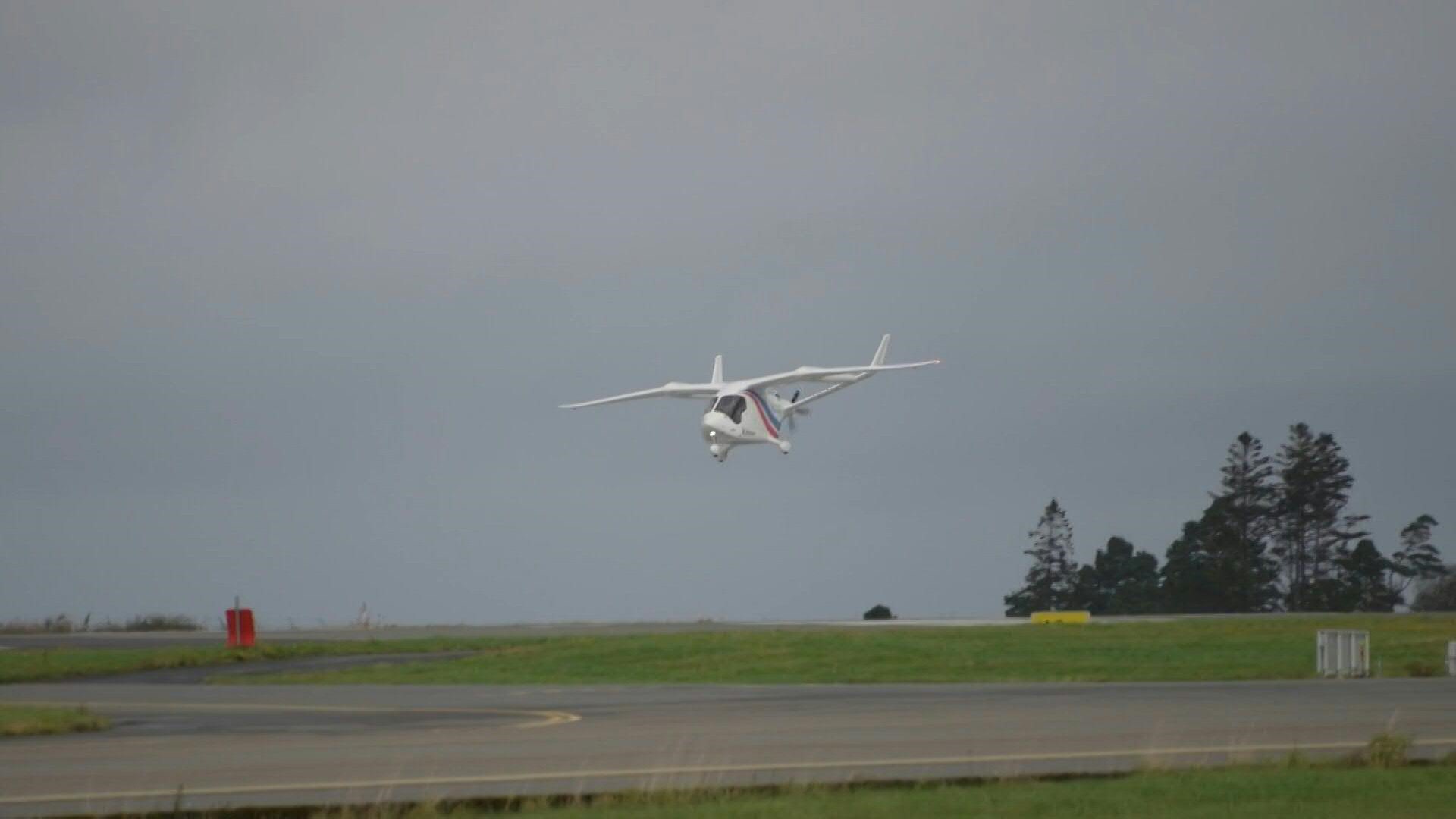Oslo, Norway — An electric plane took to the skies between the Norwegian airports Stavanger and Bergen on Thursday, simulating a cargo flight for the first time in real-life conditions, Norwegian airlines operator Avinor announced.
The small aircraft — an Alia built by US aircraft manufacturer Beta — flew the 160 kilometers (100 miles) in a test run by the Norwegian affiliate of the transport company Bristow.
The flight took 55 minutes and simulated a cargo flight route in southeastern Norway.
“This is the first time an electric plane has taken the trade route between Stavanger and Bergen,” one of Avinor’s directors, Karianne Helland Strand, told AFP.
“Everything went very well,” she added.
Avinor is the state-owned company that operates airports and air traffic control in Norway.
The test flight — using visuals rather than instruments — is part of an evaluation of how well it could be integrated into air traffic and infrastructure on the ground.
The Norwegian regulatory authorities are closely linked to the tests to ensure that electric flights can launch commercially as soon as the technology is ready, which is expected between 2028 and 2030.
The test period began in August and will last until January 2026.
“It’s like the first real world test,” pilot Jeremy Degagne told AFP.
The plane’s battery life allows journeys of up to 400 kilometers — enough for a return flight between Stavanger and Bergen.
“I don’t have range anxiety because we plan to fly the aircraft within the limitations of the aircraft,” said Degagne.
“In your electric car you might be like, oh I think I can make it 10 more kilometers to that charging station,” he continued.
“And in the context of aviation, you wouldn’t do that. We have the same limitations of energy as a normal aircraft does for fuel.”
In August 2019, Avinor’s then-CEO Dag Falk-Petersen was forced to emergency land an electric plane he was piloting himself in southern Norway when an engine lost power.
Falk-Petersen was not injured during the incident, nor was a Norwegian government minister, who was also on the plane.
A pioneer of electric cars and boats, Norway is hoping to make a similar name for itself in the aviation industry by experimenting with low- or zero-emission air travel.
The sector is one of the most difficult to decarbonize and is currently responsible for almost three percent of global carbon dioxide emissions.








